Companion planting: Which vegetables should I use?
Companion planting is not only effective, it can look really nice too! Try these combinations in your own garden. They work really well for me!
As you may know, there's a lot of information out there about companion planting. Some vegetables are said to be better matched than others. A lot of ”truths” are told, but are they really truths?
No right or wrong in companion planting
I talked to the very experienced gardener Mr. Börje Remstam a few years ago. Börje is an active member of the Swedish association FOBO (Association for Organic Plant Growing), about the art of companion planting. He very carefully pointed out that most of the information on this topic is based on personal experiences. Someone may think that one specific combination has worked really well, while someone else thinks another one is a better option. This proves that companion planting in the end is about trial and error and finding your own favorite combination. This realization has made me take more risks in my own garden.
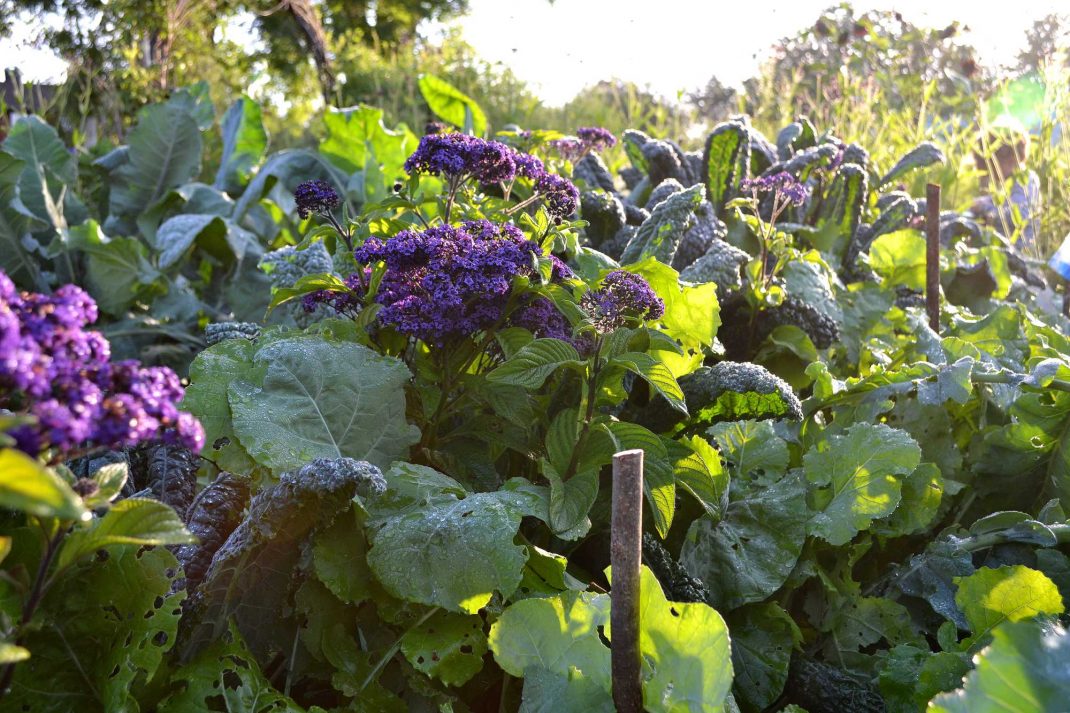
Black cabbage is growing on top with Swedish turnip just underneath. The lighter cabbage leaves are part of the turnip. In between you find the summer flower heliotrope/bloodstone.
How should I choose?
Most of my companion planting projects started as a way to fit as many different kinds of plants together in a limited space. The most effective way for me is to combine vegetables that occupy different areas in the garden bed.
- Tall plants together with low-growing plants
- Bushy plants together with plants with smaller stems
- Plants with a big root system together with plants with small root systems or plants with tap roots.
- Above-ground-vegetables with below-ground-vegetables
- Fast-growing vegetables with slow-growing vegetables
One year, I filled a 33 feet (10 meter) long deep bed with 48 very short rows of vegetables and used a system of mixing and layering above-the-ground and below-the-ground plants. The result was a very long harvesting period and an amazing amount of food. Fantastic!
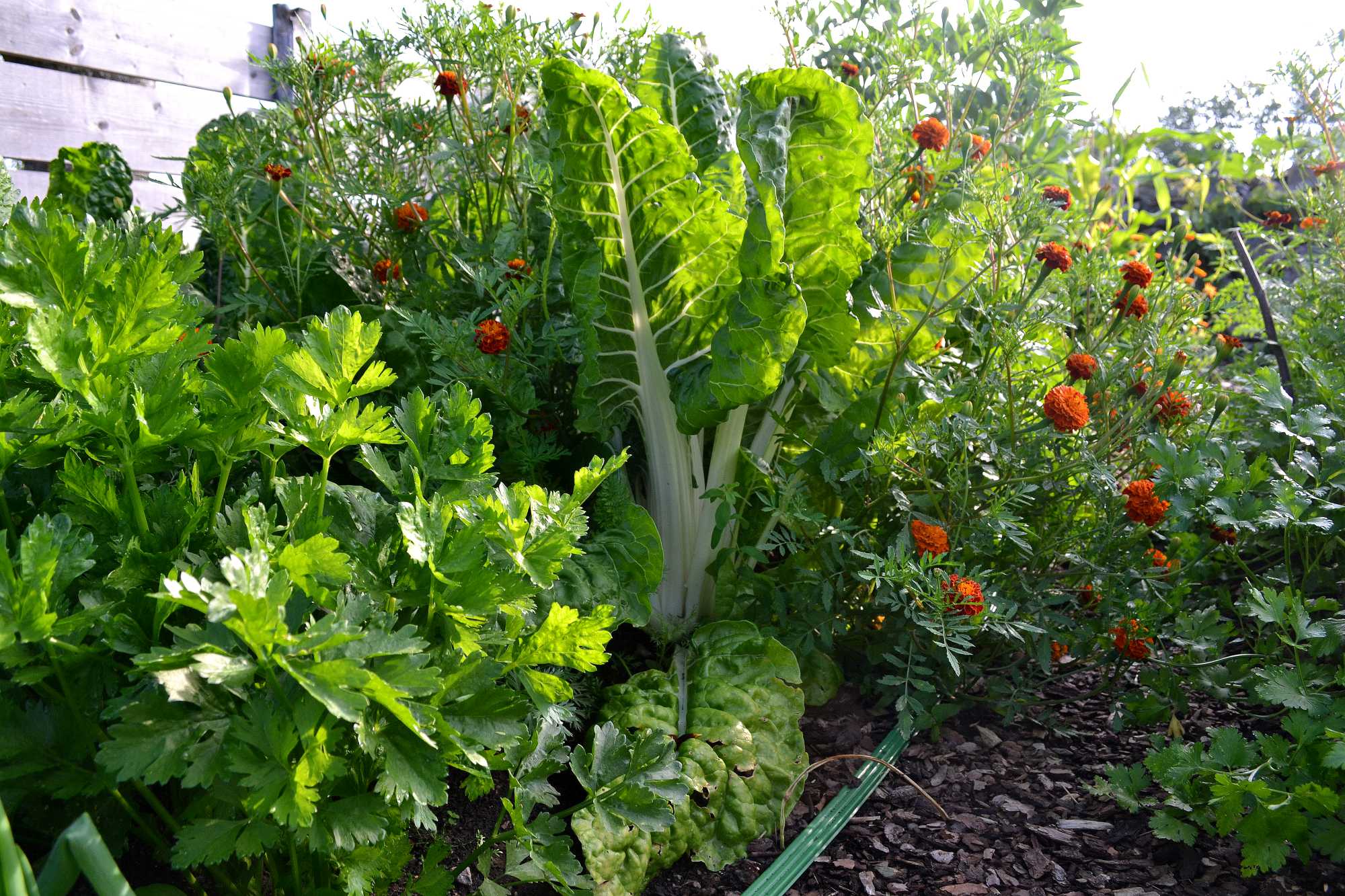
One year, I planted the 33 feet (10 meter) long deep bed with everything from celery, chard and tagetes, to radish, leek and salad.
My recommendations:
Here are some of my favorite combinations. These vegetables grow nicely together in a limited space:
- Corn + lettuce, low-growing snap beans, beetroot, tomatoes, zucchini or pumpkin
- Asparagus + salad, beetroot, parsley or snap beans
- Potatoes + sunflower
- Salad + leek, onion, chive
- Cabbage + lettuce
- Tomatoes + carrot, lettuce, basil, New Zealand spinach
When I select which vegetables to grow together, I always consider how tall the fully grown plants will be. If you keep this in mind, it is easier to combine the vegetables and flowers and to predict what the end result will be.
In some spots in my garden, I really like trying new things. Some may say I go a bit "crazy" trying out new combinations. I have a bed consisting of five different kinds of lettuce, three different kinds of cabbage, (savoy cabbage, summer cabbage and regular cabbage), turnip, broccoli and celery in my polytunnel. I harvest the different vegetables as I go along. This will in turn leave room for new plants. I try to avoid empty spots in the beds, especially in the polytunnel.
It's also possible to do this in a pot, especially if you always keep the technique of combining tall plants with low-growing ones in mind.
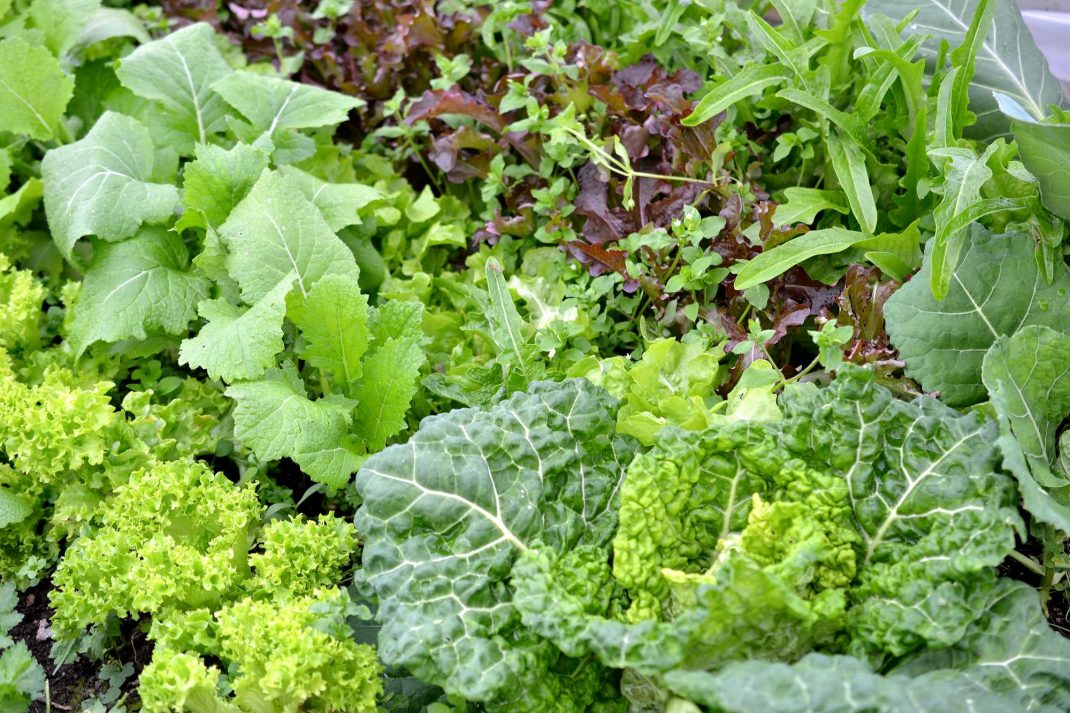
Lots of vegetables are filling up the beds in the polytunnel. Here grows different kinds of lettuce together with turnip and savoy cabbage.
Combinations to avoid
I have also tried some combinations that didn’t turn out the way I wanted. These combinations are actually often seen as good, but out of practical reasons I have found them to be the opposite:
- Potatoes and broad beans. I avoid this combination since the beans tend to get suffocated by the potato haulm. They don’t get enough sun light when they are small and it’s difficult to get rid of lice. The harvest turned out to be a disappointment.
- Cabbage and onion. The onion doesn’t grow properly behind or under the big cabbage plants, and it’s difficult for the plants to get enough light which results in them not growing the way they should.
- Cabbage and tomatoes. This is said to be a good combination since the tomato is supposed to keep the whitefly and the diamondback moth away. My experience is different though, and the only result I have seen with this combination is that the tomatoes spread out a lot which means that the cabbages don’t get enough room to grow.
- Carrot and onion (every other row). The onion loves sun and warmth. If you put them too close together, then the onion can't grow as it should, since it will be shadowed under the carrot tops. It is better to grow the onions around the carrots, like a circle. Onion is said to keep the carrot fly away, but I have not seen any proof of that.
- Parsnip and radish. It's often recommended to sow radish in the parsnip row, to be able to see where the parsnip will grow. The radish grows fast, quicker than the parsnip. However, only a few radishes will grow in the row, so this combination doesn’t really make any sense.
Please keep in mind that these are my personal thoughts about companion planting, and that other gardeners may have another point of view.
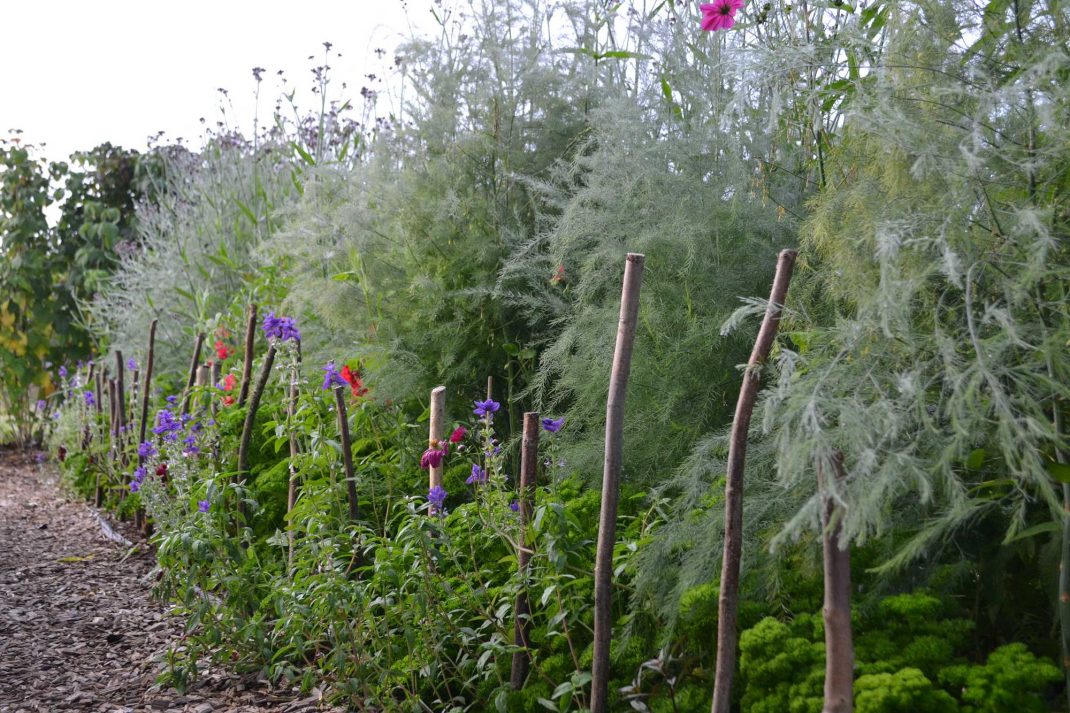
Maybe the most beautiful project I have done – parsley under the asparagus together with seven different kinds of summer flowers which shift in color from early summer to late fall.
What about the flowers?
There are a lot of opinions out there about companion planting flowers and vegetables to keep pests away, for example cabbages and tagetes. I haven’t found any of these different tips to really work. I usually have to use many different kinds of protection anyway. Most of the flowers that are said to work well in these projects are either orange or yellow too, which make the colors in the garden a bit one-sided for my taste. My main reason for wanting flowers in the garden is because of the way they look!
The easiest vegetables to grow
Some vegetables can be planted just about anywhere, and they will look nice no matter what. I love having the freedom and being able to plant some things wherever I want, it makes planting and growing so much more fun!
These are some of my favorite vegetables that are really easy to grow: Lettuce, New Zealand spinach, beets (yellow, red, white), basil, dill, yellow peas (for pea sprouts), snap beans and different kinds of pumpkins. I always keep a batch of plants in pots that I can plant wherever I think they are needed.
Companion planting is a fun way of playing with color and form. Be brave and don’t be afraid of planting tightly together, experiment with combinations of different kinds of foliage, blossoms and functions. Good luck!
/Sara Bäckmo
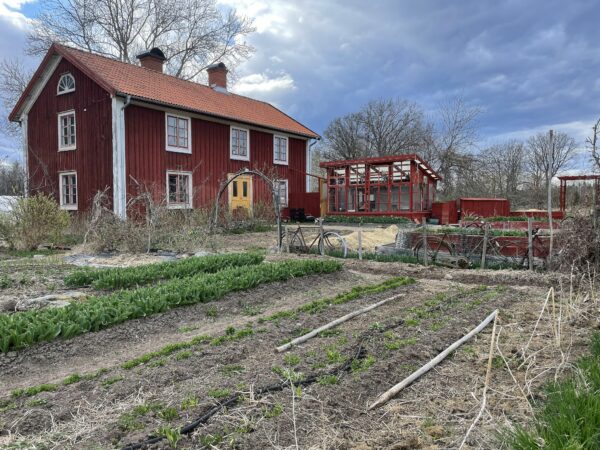
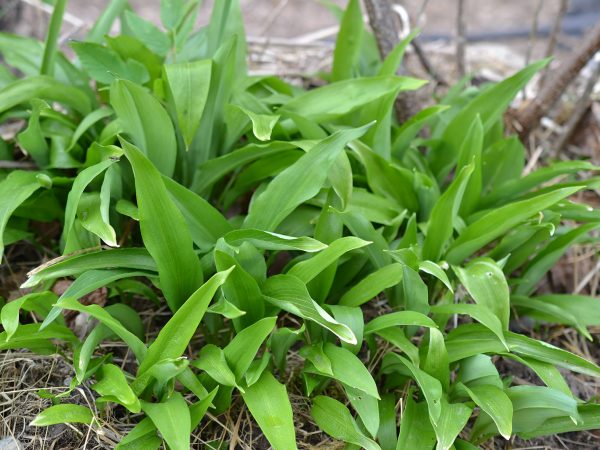
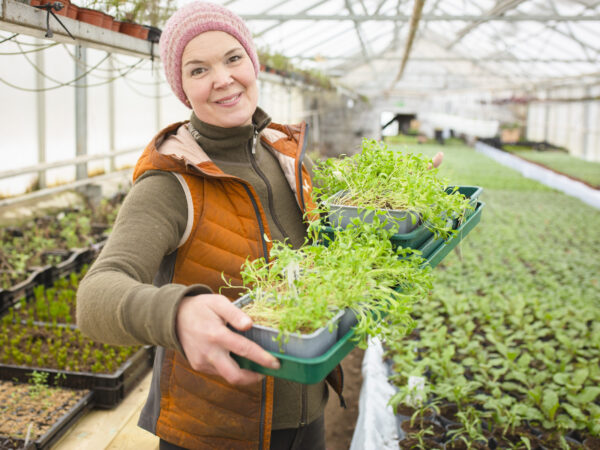
Leave a Reply